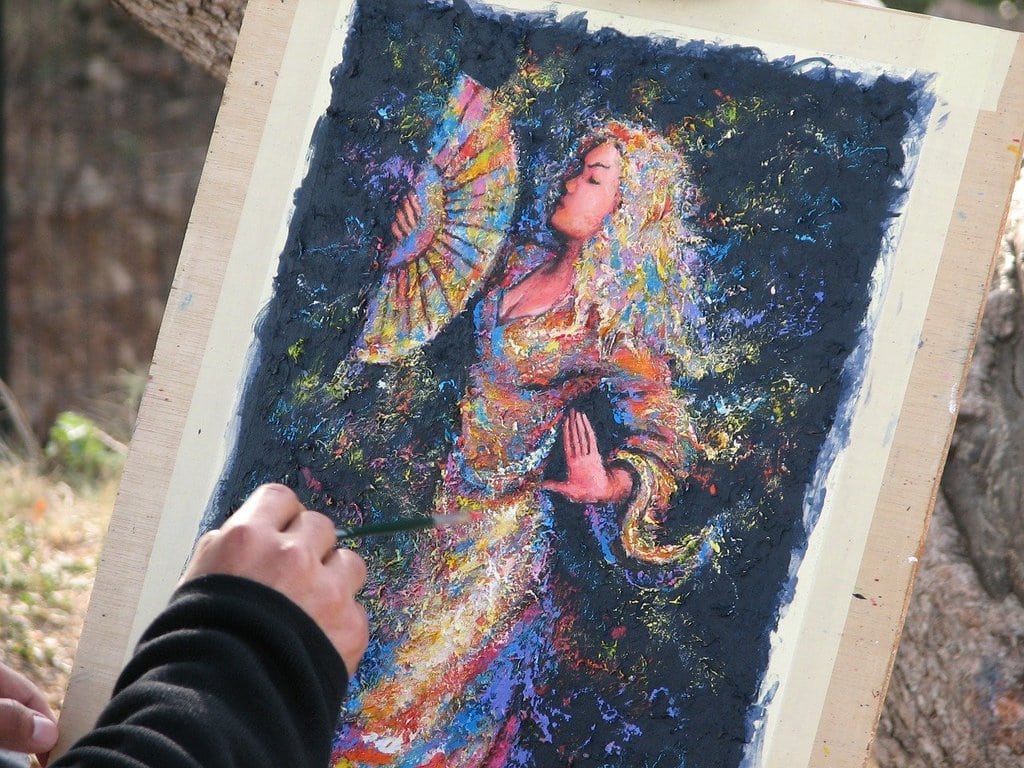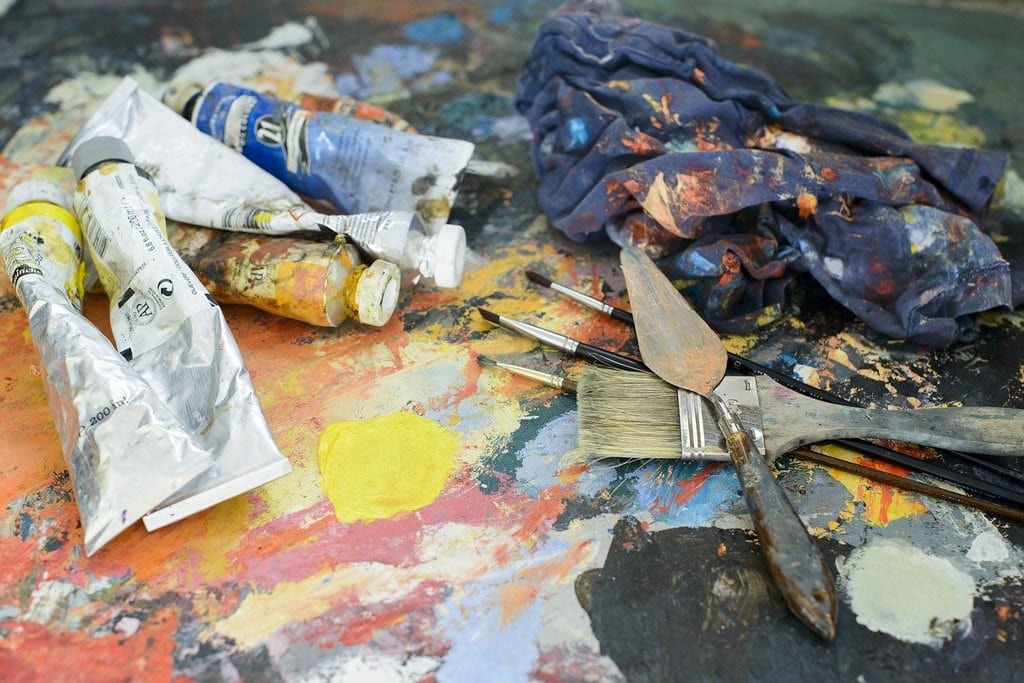Art and human rights: A fight for expression
Art has long been a powerful medium for expressing the complexities of human existence, and nowhere is this more evident than in its relationship with human rights. From the earliest cave paintings to contemporary digital works, art has consistently served as a voice for the voiceless, shedding light on social injustices and advocating for the rights of individuals and communities. In many societies, artistic expression is seen not just as a form of cultural engagement but as an essential tool in the fight for human dignity and freedom. This dynamic interplay between art and human rights continues to shape the global discourse, highlighting the role of creativity in pushing boundaries and challenging oppressive systems.
Art as a Vehicle for Human Rights Advocacy
Throughout history, art has often acted as a mirror, reflecting the values and struggles of society. When basic human rights are under threat, artists use their work to raise awareness and inspire action. Whether through visual arts, literature, music, or performance, artistic creations can communicate powerful messages that transcend language and cultural barriers. For instance, Pablo Picasso’s painting *Guernica* exposed the horrors of war to the world, while the protest songs of the Civil Rights Movement in the United States became anthems for equality and justice.
Art also plays a significant role in documenting human rights abuses. Photographs and documentaries, for example, have exposed atrocities and compelled the international community to respond. These forms of art do more than just capture moments; they serve as historical records, ensuring that the stories of those who suffered are not forgotten. Through these efforts, art becomes a crucial player in advocating for accountability and change.

The Role of Censorship in Suppressing Artistic Expression
Despite its positive impact, the relationship between art and human rights is not without conflict. Censorship remains a powerful tool used by oppressive regimes to stifle dissent and control public perception. Governments and institutions often target artists who challenge the status quo, viewing their work as a threat to political stability. Such censorship can take many forms, including the banning of works, imprisonment of artists, and even destruction of artworks.
This suppression of creativity not only violates the artists’ right to freedom of expression but also deprives society of diverse perspectives that can foster dialogue and understanding. The silencing of artists is a clear indication of the power of art to influence thought and mobilize people. The ability of art to provoke, question, and disrupt is precisely why it is so often targeted by those in power.
Art as a Tool for Social Change
In the face of adversity, artists around the world continue to use their craft to promote social change. Through community projects, public murals, and interactive installations, they engage audiences in conversations about human rights issues. These initiatives often serve as catalysts for grassroots movements, empowering individuals to take collective action.
A notable example is the work of street artist Banksy, whose thought-provoking pieces address themes such as immigration, poverty, and war. Similarly, the performance art of Marina Abramovi? has challenged societal norms and provoked discussions about the limits of personal freedom. These artists leverage their platforms to highlight social injustices, proving that art can be both aesthetically compelling and politically powerful.
Challenges Faced by Artists in Repressive Environments
Creating art that advocates for human rights is not without its challenges, particularly in repressive environments. Artists often face threats to their safety and well-being, as well as restrictions on their ability to create and share their work. This reality can lead to self-censorship, where artists avoid controversial topics for fear of reprisal. Despite these obstacles, many artists continue to persevere, finding innovative ways to circumvent restrictions and reach audiences.
One strategy employed by artists in restrictive environments is the use of symbolism and metaphor to convey their messages subtly. By doing so, they can critique societal issues while minimizing the risk of direct confrontation with authorities. The resilience and creativity of these artists are testaments to the enduring power of art as a force for human rights advocacy.
How Art Amplifies Marginalized Voices
Art has the unique ability to amplify the voices of those who are often marginalized or ignored in mainstream discourse. It provides a platform for individuals and communities to share their stories, experiences, and perspectives, challenging dominant narratives and promoting empathy and understanding. This inclusivity is essential in the fight for human rights, as it ensures that diverse viewpoints are represented and heard.
A key example of this is the use of art in movements for gender equality and LGBTQ+ rights. Through literature, film, and performance, artists have highlighted the struggles and triumphs of these communities, advocating for equal rights and recognition. By giving visibility to marginalized voices, art contributes to a more just and inclusive society.
Ways in Which Art Contributes to Human Rights Awareness
Artists and their works play several roles in advancing human rights, such as :
- Raising Awareness: art can shed light on human rights issues that may not be widely known or understood, educating the public and encouraging empathy.
- Encouraging Dialogue: artistic works often serve as a starting point for discussions about difficult or controversial topics, fostering a deeper understanding of complex issues.
- Building Solidarity: art can unite people across different backgrounds in support of human rights causes, creating a sense of shared purpose and community.
- Promoting Healing: for individuals and communities affected by trauma, art can be a therapeutic tool, providing a means to process and express emotions.
The Future of Art and Human Rights
As the world continues to grapple with new and ongoing human rights challenges, the role of art in this struggle is likely to grow even more significant. The rise of digital media has provided artists with new platforms to reach global audiences and engage in activism. Virtual exhibitions, social media campaigns, and digital installations are just a few of the ways that artists are harnessing technology to advocate for change.
Despite the many challenges that artists face, their commitment to human rights remains unwavering. Through their work, they continue to inspire, provoke, and push the boundaries of what is possible. The intersection of art and human rights is a testament to the enduring power of creativity in the fight for justice and freedom.
